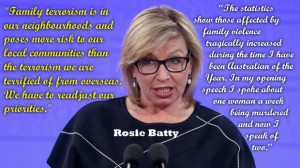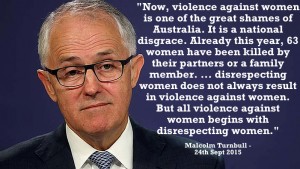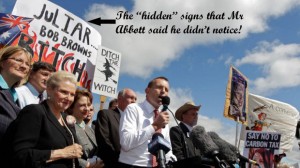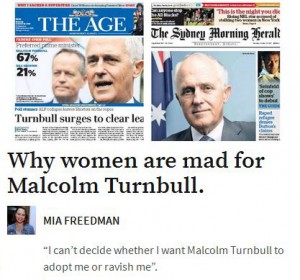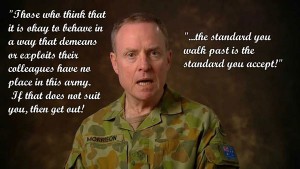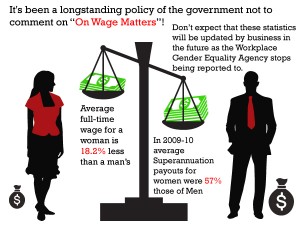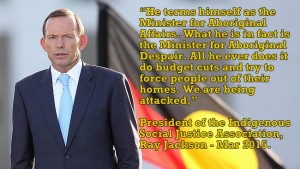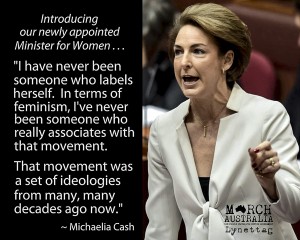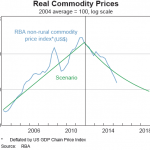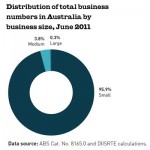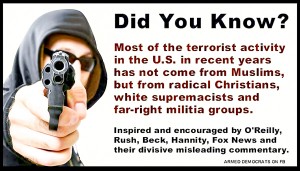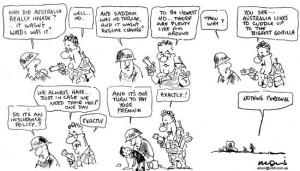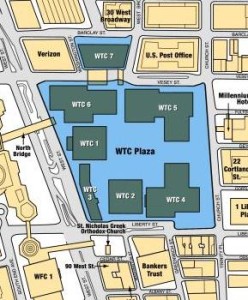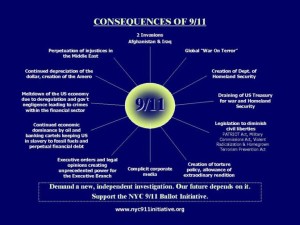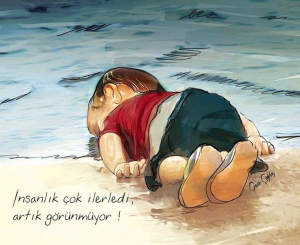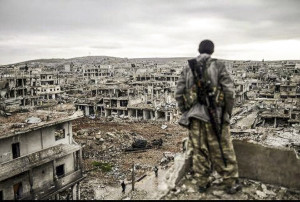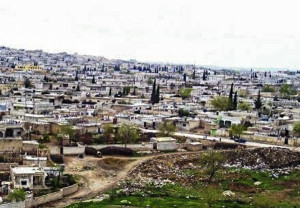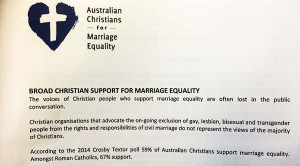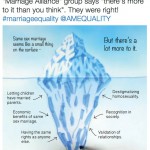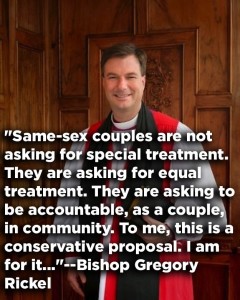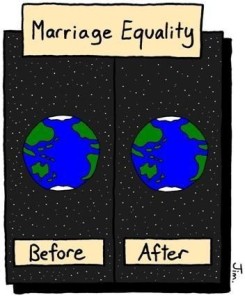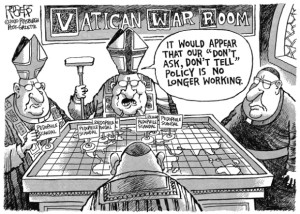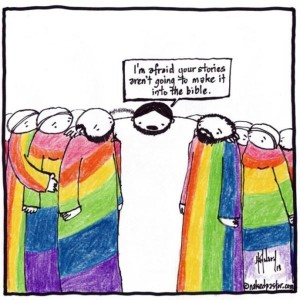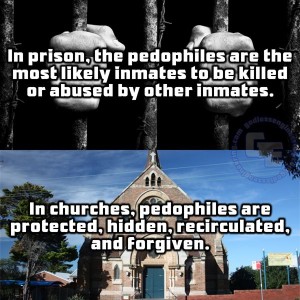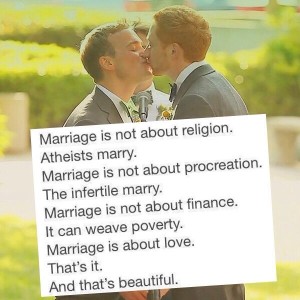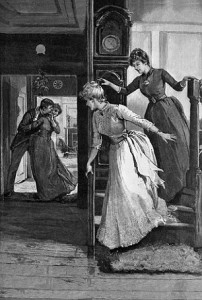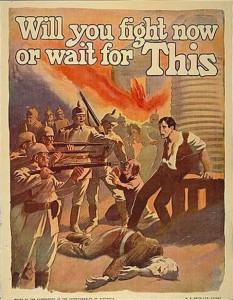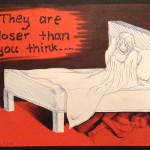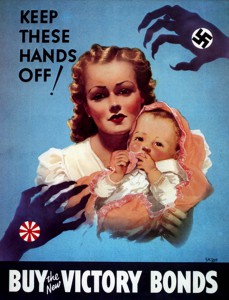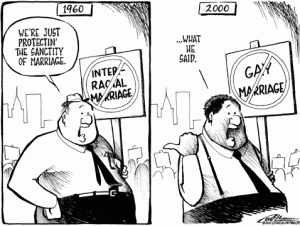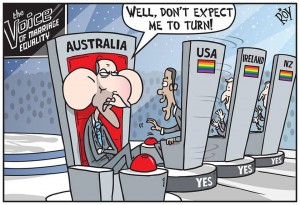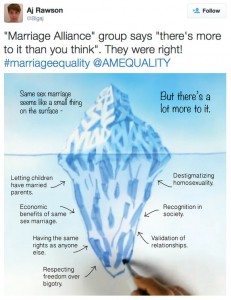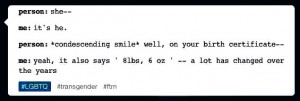Dear John Howard,
I noted that on the eve of the Sydney Gay and Lesbian Mardi Gras parade and Labor’s renewed efforts on Gay marriage you have responded to something old and something new and I think introducing a little blue. The “new” would be opposition frontbencher Terri Butler’s attempt to reintroduce a cross-party same-sex marriage bill back into parliament, and the “old” would be the now nearly three-year-old “Safe Schools” program. The “blue” is simply how others and I feel about it all.

Baffled Johnny.
It would seem that you are being reported as either baffled or puzzled on the subject of the “Safe Schools” program being taken seriously. What is puzzling to me is your “puzzlement”. Mr Howard, you say you see a need for anti-bullying but then are puzzled by the “social agenda” that pursues a significant cause for bullying. You went on to say, “I’m just puzzled that it got there in the first place.” It would appear you think it should have been nipped in the bud. Is the fact that it has successfully served to reduce bullying of LGTBI people in schools somehow offensive? Urging for “better ways to do it” despite it having been a success over the last few years, but providing no suggestions or insight into how you might have produced better results, is just empty rhetoric. In the absence of any viable alternative, just what is wrong with such successful advocacy?
Following your concern that the Safe School’s opponents were being labelled as bigots or homophobes, it was reported:
“Howard said Australia is at risk of becoming too politically correct, and those religious conservatives are less likely to speak their minds due to a fear of being persecuted.”
Persecution of conservatives?
“Persecuted”? “Religious conservatives” are being “persecuted”? Pitchforks and burning torches at dusk, John? Really? I think the term you are struggling to identify is “criticised”, “disparaged” perhaps, “rebuked” even, but not “persecuted”. Not “assaulted”, “picked on”, “belittled” or “attacked physically”, either. That is what the Safe School program is trying to prevent. Having conservatives play the victim is ironic, given it is that community that is doing the bullying. Unlike the many stories these children and adults can and do testify to, nobody is attempting to beat up your white conservative religious mates because you’ve expressed preferences for some one of the opposite sex or want to remain your current gender. Nobody is taunting you or “sly hitting” you or attacking your children behind the school’s darker corners because you or your family are conservative heterosexuals.
Protecting the Status Quo
Let’s be clear; you are being criticised and critiqued, not persecuted or punished. The Safe School’s site is about protecting people from being persecuted (in the proper use of the word) or punished for their non-conformance to mainstream sexual and gender preferences. For you or Cory Bernardi to be reversing that and suggesting the far stronger majority of heterosexuals and conservatives are being persecuted or bullied by this site or its adherents is just being absurd. Cory Bernardi even went as far as suggesting it was pushing a sexual agenda. For political proponents opposed to the Safe School’s initiative, who spent $244M on a chaplain’s advocacy program, to accuse an $8M program ($2M/yr for four yrs) of advocating is perhaps “a little rich”. Given the Safe School’s track record of saving lives, you’d think that is something worth being advocated. It’s not about their sexual agenda; it’s about advocating for protection against your conservative sexual agenda and the particularly vicious way some of your supporters “protect” the status quo.
Disturbing Links?
The accusations by Cori Bernardi and George Christensen don’t stop there, as they were trying to say it is providing links to pornography and grooming of children. If that were even remotely the case, call in the Federal police to report a crime – which it is. One woman in the comments of the aforementioned Buzzfeed article said of the Safe Schools Program, “its content and the links it provides are disturbing”. The unanswered challenge, which I have yet to see addressed, was a reply that asked, “Cite your sources. What about it, exactly, is “inappropriate”?”. Just where are this grooming and pornography, etc occurring on the website links? No answer has been forthcoming, but that doesn’t stop the objections becoming consistently mired in unsubstantiated opinions that have become a substitution for facts. Facts – that even if remotely true – would constitute a crime. If you believe so, call the police! Seriously!
You changed the Marriage Act without a Plebiscite!
I noted, Mr Howard, you went on to talk about marriage equality following disparaging the Safe Schools program. While admitting it ought to be the subject of a free vote in parliament, you expressed support for the promised plebiscite. Given that in 2004 you had the Marriage Act changed to explicitly exclude same-sex marriage one might think for a moment you were softening your stance. Not so though! You did although make it very clear that people who make a stand against marriage equality should not be called homophobes or bigoted just because they hold a conservative view that marriage was (and I am paraphrasing here) the restrictive right of people who preferred the opposite sex and to the exclusion of all others options. While couching it regarding the “traditional definition of marriage”, you did admit it is no longer a widely held view. That would be because 72% of the population is known, in some circles, to be a majority. If the Liberal Party won the 2013 vote by 53.5% (of which only 45.55% were first preference votes of our voting population) in 2013 and Abbott pronounces his “mandate” loudly – as he did on numerous occasions – then imagine what he would think if he had 72% of the population on his side. 72% being that which polls show is a majority of “equality” believers, which you said, is a recent phenomenon. I presume you are taking a very localised perspective, because so many western countries around the world have voted for marriage equality.
A global perspective
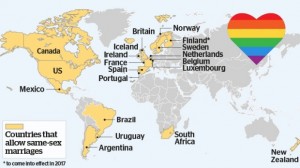
For example the current list is: The Netherlands (2000), Belgium (2003), Canada (2005), Spain (2005), South Africa (2006), Norway (2009), Sweden (2009), Argentina (2010), Iceland (2010), Portugal (2010), Denmark (2012), Brazil (2013), England, (2013), Wales (2013), France (2013), New Zealand (2013), Uruguay (2013), Luxembourg (2014), Scotland (2014), Finland: (signed 2015, effective 2017), Ireland: (2015), and just over a year ago your long time partner, the good ol’ US of A. Considering that only 5.8 million people voted for the coalition in 2013, and 7.1 million voted for someone else, the perspective that believes that a mandate exists, has to be one that ignores the concept of a national population’s view and only considers it in terms of electoral boundaries and preferences. The problem is that a plebiscite – as desired by coalition – does not see Australia regarding its electoral boundaries nor regarding preferences but as a “first past the post” vote by the population. From that perspective, there is neither a mandate for conservative views on marriage equality nor any likely possibility of winning an argument via a plebiscite that holds the view that marriage and its legal protections and recognition of couples should be the exclusive domain of a subset of the community, no matter how large that subset is. Even if the polls are out of kilter with the community by a few percent here or there, it would have to be wrong to a margin of error of more than 22%, for the conservative view to win.
Why a Plebiscite?
Since the plebiscite is not legally binding on any government and it is only being proposed as a consideration for after the next election, then the only reasons for raising it as a possibility appear to be:
- They hold to the belief that they will be able to change the minds of over 22% of the population in the midst of a history of being unable to get single digit percentage changes of views to keep them elected.
- It is a delaying tactic designed to head off, having to deal with it in this term of office and hoping some new bluff will present itself in the new term.
- Not intending to hold one, but are using the proposal to do so as a distraction from dealing with the issue on the pretence you are consulting all the stakeholders (to reference Morrison’s concerns).
- Although the idea of the plebiscite came up during Abbott’s term as PM, Turnbull may be favouring it now as it permits him the chance to abdicate responsibility for making a call on marriage equality himself – which he agreed not to – to acquire power, and blame the decision on approving of it entirely at the people’s feet.
- They intend to hold the plebiscite and then ignore it, as it has no legal impetus.

So how could your colleagues begin to hope to change over a fifth of the population’s mindset? By communicating a clear argument with integrity or via misdirection and misinformation? There is no more classic an example of the latter than the latest pamphlet that has hit the headlines, and which the Hon. Chris Miles plans to distribute. A fascinating document full of, off point accusations and broad stroke claims of how it will disintegrate the social fabric of Australia. It accused the same sex marriage agenda of increasing unemployment, STDs, family anxiety, depression, suicidality, single parenthood and drug abuse. It said it would lead to “education” in schools on LGBTI issues (which is the Safe School’s agenda not the marriage equality agenda). Perhaps Chris misunderstands this. The pamphlet takes a very narrow definition of “marriage”, the issues for which I have dealt with previously, so I will not go into that in this letter. I will though repeat something I have written before to put some perspective on all these outlandish claims.
Two People – not a tribe, animal, vegetable or mineral
“The impediment to the recognition of Gay marriage in Australia is five unique words in the Marriage Act. The words “two people” will replace “man and woman” and the words “husband and wife” so that the act then reads: “the union of a two people to the exclusion of all others, voluntarily entered into for life“. That’s it! No more.” [From: http://auswakeup.info/sex/]

It is a legal recognition of a civil union between two people. All the rest of the palaver is just that. It’s a distraction and fabrication. It doesn’t change the church or require them to do anything they are uncomfortable with as it is about legal unions, not church unions. I have dealt with the church’s issues in other publications so you can read that separately. I dare say very few LGTBI couples will even want to be married in a church (which is pretty much what heterosexual couples prefer nowadays). As for the rest of Chris Miles’s pamphlet, I have to wonder how the author of this even came to these conclusions.
Economically positive!
In reality, it will probably increase employment frankly. It will provide a boost to the wedding, retail and tourism industry. Seriously, the Gay community is over the top when it comes to celebrations. Just stop by the Gay Mardi Gras, and you’ll note that. Money galore to be made in Gay marriage. It provides joy and family enrichment for the couple concerned. It provides for children that may be later introduced, (if they don’t already exist) with two parents rather than a single one. Healthy relationships reduce suicide, depression and drug use. It will increase love and equality. Although, according to the pamphlet as mentioned earlier, apparently issues like love and equality are “veneers of superficiality”. Really Chris?
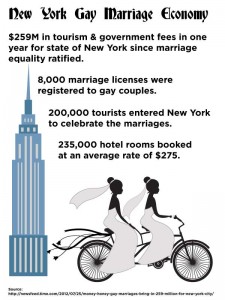
Unjustified Fears – chill out Johnny.
Look, Mr Howard, I get that you don’t like advocacy for LGBTI kids and adults and you don’t understand same sex attraction. You and Jannette are very happy. Good on you! That’s your thing, and I’m sorry, but nobody is persecuting you over it. Last I looked, this country still had some resemblance to democracy. The majority of that democracy thinks it’s a fair thing that people should love whom they want to and that we should legally recognise that. Why are you opposed to a fair go for everyone in this country? The reasons any of you or your conservative colleagues have given, don’t stand up to scrutiny. None of the countries that have recognised Marriage Equality have shown any of the issues any of which you seem so afraid. It would be a simple thing to point to as an example if it was occurring anywhere, but none of your colleagues can because your fears are not being actualised anywhere. All that is happening is LGBTI people are being married, and real persecution is being reduced. Canada made their ruling over a decade ago and hasn’t reported any of the consequences raised by the pamphlet being touted by Chris Miles!
Any real evidence?
Given that you have so many countries to draw on for signs of societal breakdown, that doesn’t exist, and nothing other than misrepresentations as an argument, how can you legitimately hold the position you do? Can you understand why some of us feel that the only reason left standing, is that of bigotry or homophobia?
Regards,
A white, university educated, multi-degreed, middle-class, religiously oriented, heterosexually married, child raising, baby boomer male who doesn’t agree with you despite my demographic.
